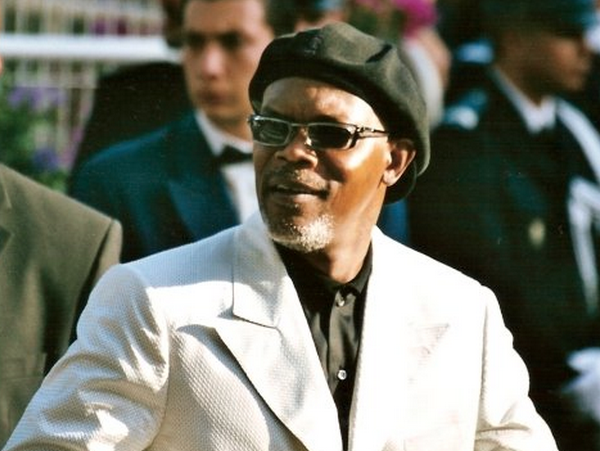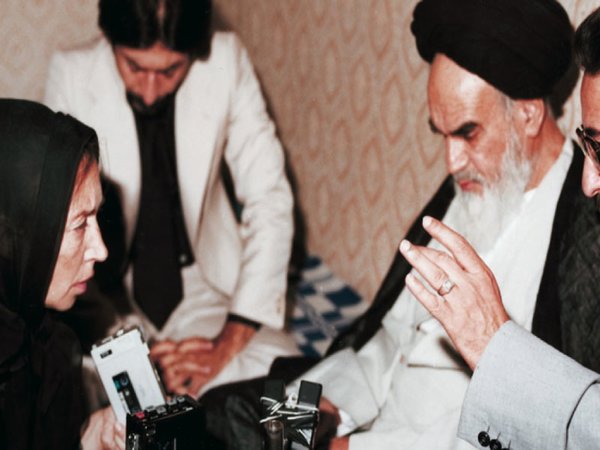This week we’re off to Coober Pedy, the opal capital of the world. Opals were discovered here in 1914, and about 70 per cent of all the world’s opals come from this dot on the map. It’s a fascinating place, but we’re not here for the gemstones…
It was our first real meeting with the Australian outback. Our in-house visual artist, Dida Sundet, was working on a series of light paintings. The first night in Coober Pedy, Dida did her first proper night shoot on the trip, staging a nightmare vision ‘about a madman in the outback, where you could scream all you like but no one would hear you.’
Check out Dida’s images and blog from the Coober Pedy shoot here.
As soon as the shoot wrapped up, we had a taste of the fear ourselves, and this episode is a recap of the events that unfolded that night.
[yframe url=’http://www.youtube.com/watch?v=U0GNTJ6Pr2s&feature=player_embedded’]
It was pitch black. All we could see and hear were two dirt bikes coming towards us at speed, off road, in the desert, complete with hostile voices screaming at us. (The sound of motorbikes and running feet in the episode is taken from my Dictaphone, which was on by accident in my pocket as we were chased…).
This had us so on edge and probably blew the fright in Coober Pedy a bit out of proportion. But the terror we felt was still very real.
Yes, we ran. Make fun of us if you like. We make fun of us, um… city slickers, too…
Perhaps the ordeal was fitting. The Australian classic Mad Max: Beyond Thunderdome (George Miller, 1985) was filmed just up the road. And if a pop culture reference is not enough to give you a scare there’s always the very real story of ‘The Backpacker Killer’ Ivan Milat who in the 1990s abducted and murdered seven young travellers in the outback.
Equally frightening is the 2001 abduction of Peter Falconio by Bradley John Murdoch. Although Murdoch is safely locked away in a high security prison, Falconio’s remains have never been found. These events provided the basis for another Australian cinematic tale of outback terror, Greg Mclean’s 2005 screamer Wolf Creek.
Then again, if some madman shouldn’t hunt you down, there’s always the possibility that your car could break down in the middle of nowhere and you could slowly die of thirst, a snakebite, or a…
All right, all right, you get it. I’ll stop that right now before the whole thing spins out of control. I should probably also mention here that our experience in Coober Pedy was not all bad. No banzo. In fact, it’s a place I’d go back to in a heartbeat.
Check out Coober Pedy in pictures here.
There’s something strangely fascinating about such big open spaces, desolate towns and freaky little places. Some are drawn towards it, and others are too intimidated and shy away. It is hardly a new thematic, and equally ambiguous for Australians as for visitors to the country.
Rudyard Kipling, a man whose most famous work deals extensively with another type of wilderness, came to visit in the late 1800s. It turned out he was terrified of the vast open spaces. Suffice to say, he didn’t enjoy himself too much.
‘A hard land, it seemed to me, and made harder for themselves by the action of its inhabitants, who – it may have been the climate – always seemed a bit on edge,’ (from his autobiography, Something of Myself).
Captain Charles Sturt, the great explorer, also saw the outback as a less than desirable place – though these Remarks on the Country were written well before Western settlement had reached the outback, and only reflected how he viewed the land itself:
‘There is no life upon its surface, if I may so express myself; but the stillness of death reigns in its brushes, and over its plains. It cannot, however, be doubted that we visited the interior during a most unfavourable season. Probably in ordinary ones it wears a different appearance, but its deserts are of great extent, and its productions are of little value.’
History has, of course, proven old Sturt wrong on that one.
One of Australia’s most loved poets and, I might add, the half-Norwegian Henry Lawson never tried to hide his aversion of the outback. In Borderland (1892) he lashed out at the romantic writer Banjo Paterson’s glorified notion of the wilderness:
‘I am back from up the country — very sorry that I went —
Seeking for the Southern poets’ land whereon to pitch my tent;
I have lost a lot of idols, which were broken on the track —
Burnt a lot of fancy verses, and I’m glad that I am back.
Further out may be the pleasant scenes of which our poets boast,
But I think the country’s rather more inviting round the coast —
Anyway, I’ll stay at present at a boarding-house in town
Drinking beer and lemon-squashes, taking baths and cooling down.’
Banjo Paterson hit back at Lawson in his In Defence of the Bush (1892), accusing Lawson of a distorted representation of the outback:
‘So you’re back from up the country, Mister Townsman, where you went,
And you’re cursing all the business in a bitter discontent;
Well, we grieve to disappoint you, and it makes us sad to hear
That it wasn’t cool and shady — and there wasn’t plenty beer,
And the loony bullock snorted when you first came into view;
Well, you know it’s not so often that he sees a swell like you;
And the roads were hot and dusty, and the plains were burnt and brown,
And no doubt you’re better suited drinking lemon-squash in town.’
Paterson’s poem concludes with the following lines:
‘You had better stick to Sydney and make merry with the “push”,
For the bush will never suit you, and you’ll never suit the bush.’
Lawson and Patterson’s poetic stoush about ‘The Real Australia’ is as alive and kicking today.
And fair enough, the scorching, dry heat, and ‘the middle of nowhere’-experience just doesn’t appeal to everybody. Some of us still remain mesmerised by it, and it’s safe to say the outback still plays a defining role in the shaping of Australia’s national image — despite it being one of the most urbanised countries in the world.
It also remains important for many travellers to be able to return home and say that they have experienced ‘The Real Australia’, even if it’s not entirely to their liking.
The late Douglas Adams came on several visits, and had a humorous take on the country, and its residents (I borrowed some of this for the episode):
‘Every country is like a particular type of person. America is like a belligerent adolescent boy, Canada is like an intelligent thirty-five-year-old woman. Australia is like Jack Nicholson. It comes right up to you and laughs very hard in your face in a highly threatening manner. In fact it’s not so much a country as such, more a sort of thin crust of semi-demented civilization caked around the edge of a vast, raw wilderness, full of heat and dust and hopping things.
‘Tell most Australians that you like their country and they will give you a dry laugh and say, “Well it’s the last place left now, isn’t it?” which is the sort of worrying thing that Australians say. You don’t quite know what they mean but it worries you in case they’re right,’ (In The Salmon of Doubt: Hitchhiking the galaxy one last time).
Regardless of how you feel about the Australian wilderness, or any country’s wilderness for that matter, the only way to make up your mind is to go and see, experience it for yourself. The travel writer Bill Bryson (in Down Under) said it best as he headed into the Australian outback for the first time:
‘I have never entirely understood why, when people urge you to see their “real” country, they send you to the empty parts where almost no sane person would choose to live, but there you are. You cannot say that you have been to Australia until you have crossed the outback.’
Steinar Ellingsen is a journalist and photographer working on a practice-based PhD at La Trobe University of an online documentary series from a ten-week odyssey in Australia.






